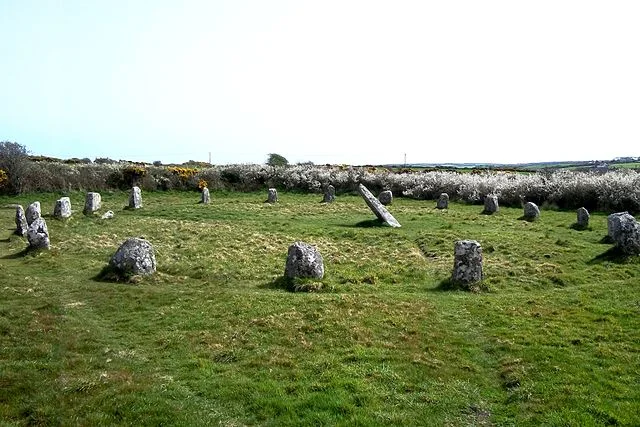Boscawen-un is a prehistoric stone circle located in Cornwall, England. Archaeologists believe the site dates to the late Neolithic or early Bronze Age, around 2500–1500 BC. It is part of a broader tradition of stone circle building that flourished during this period across Britain and Ireland.
Get your dose of History via Email
Location and Layout

Boscawen-un lies about 3 miles northwest of St. Buryan, a village in West Cornwall. It is one of the many stone circles in this region, which includes the famous sites of Merry Maidens and Tregeseal. Boscawen-un consists of 19 upright granite stones, placed in a near-perfect circle with a diameter of approximately 22 meters.
One of the most unique features of this site is the presence of a central stone. Unlike the upright stones forming the perimeter, the central stone is leaning at an angle. It measures about 2 meters in length. Additionally, one of the standing stones on the circle’s perimeter is made of quartz, which may have held special significance.
Archaeological Significance
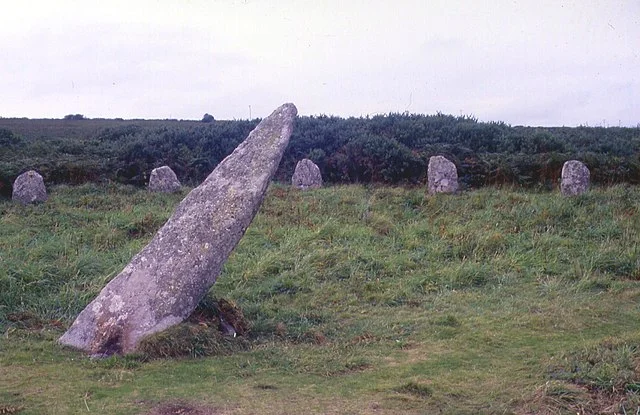
Boscawen-un holds great importance in the study of prehistoric ceremonial landscapes. Stone circles like Boscawen-un are thought to have served ritual purposes, though the exact nature of these ceremonies remains uncertain. Some researchers suggest they were used for astronomical observations, community gatherings, or religious rites.
In 1864, William Copeland Borlase, a noted antiquarian, carried out excavations at the site. His work did not reveal any significant artifacts, but his records are an important part of the early archaeological interest in Cornwall’s prehistoric monuments.
Astronomical Alignments
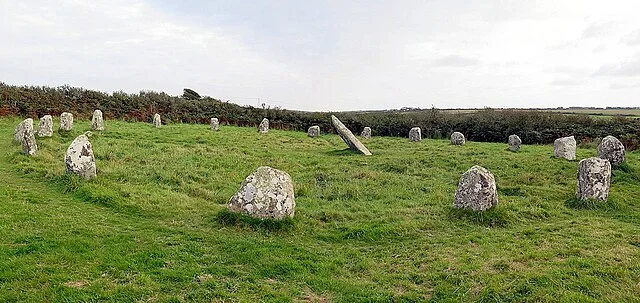
Many archaeologists believe that the arrangement of the stones at Boscawen-un may be connected to celestial events. Some researchers propose that the central leaning stone points toward the midsummer sunrise. Such alignments are common in other stone circles across the British Isles. While this theory remains debated, it highlights the potential astronomical role of the site.
Historical and Cultural Context
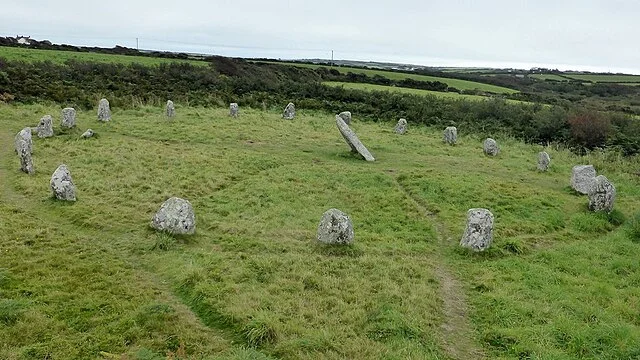
During the Bronze Age, the people of Cornwall were part of a wider cultural network across Europe. Stone circles like Boscawen-un represent a shared architectural tradition, reflecting common religious or ceremonial practices. Although little is known about the builders of Boscawen-un, their ability to transport and position large stones demonstrates advanced engineering skills for the time.
The inclusion of a quartz stone among the others suggests that the choice of materials had symbolic meaning. Quartz may have been associated with purity, the sun, or other spiritual concepts. Its presence in the circle underscores the importance of symbolism in Bronze Age religious practices.
Modern Preservation
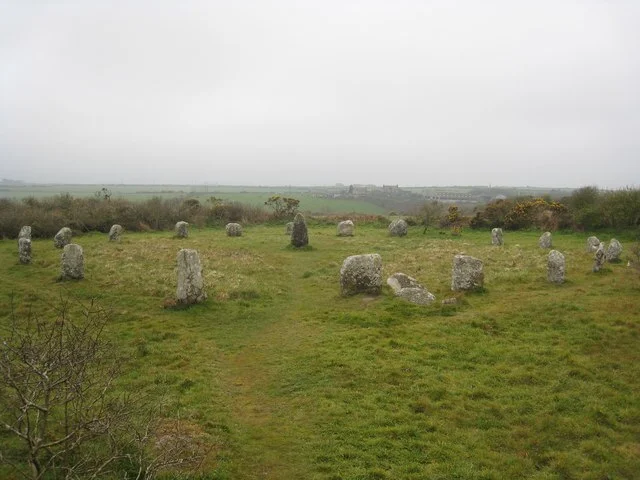
Today, Boscawen-un is protected as a scheduled monument. The site is maintained by the Cornwall Heritage Trust, which works to preserve Cornwall’s historical sites. Though Boscawen-un has suffered some damage over the centuries, including the loss of stones, it remains a significant archaeological site. Researchers continue to study it as part of the broader prehistoric landscape of Cornwall.
In addition to its historical value, Boscawen-un attracts modern-day visitors. Its role in Cornish folklore and its connection to the Druidic revival movement in the 19th and 20th centuries have given it renewed cultural relevance.
Conclusion
Boscawen-un stone circle is a vital link to Britain’s prehistoric past. Its combination of unique features, such as the leaning central stone and the quartz pillar, makes it a distinctive part of Cornwall’s archaeological heritage. While its exact purpose may remain unclear, ongoing research into the site continues to deepen our understanding of Bronze Age society. As a preserved monument, Boscawen-un provides both a historical and cultural point of connection between modern people and their ancient ancestors.
Source:

